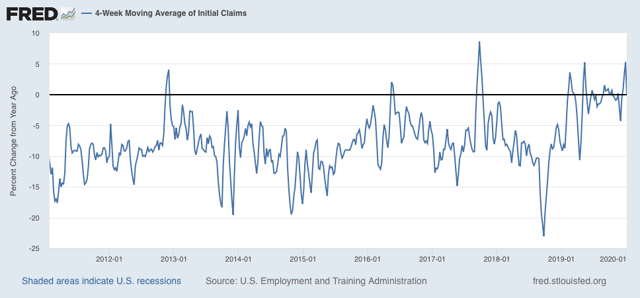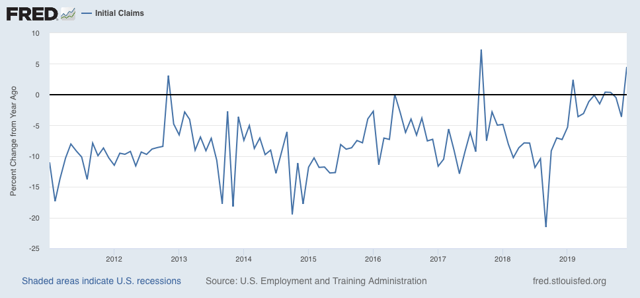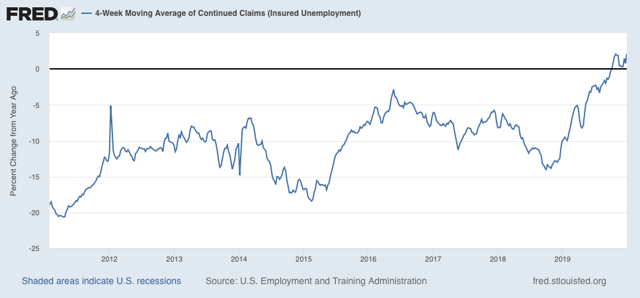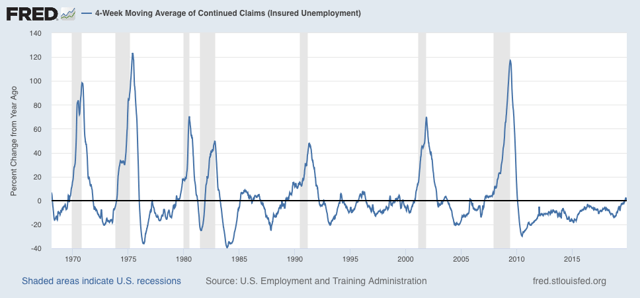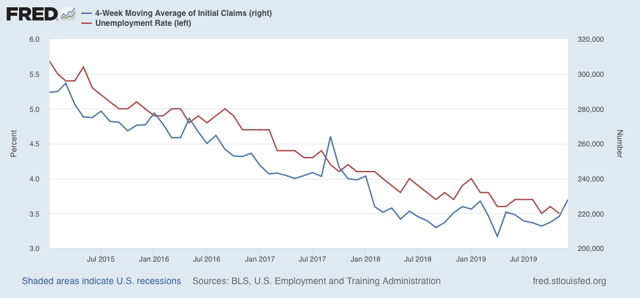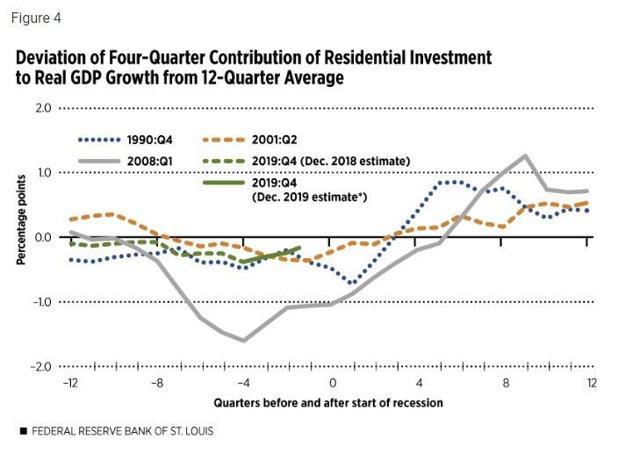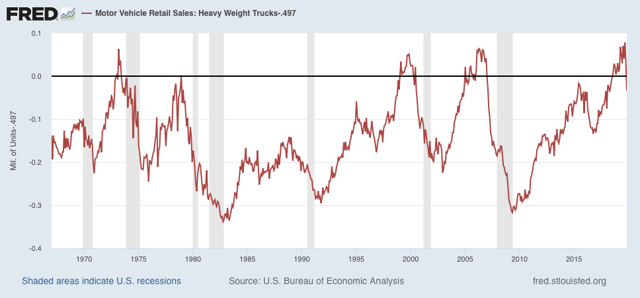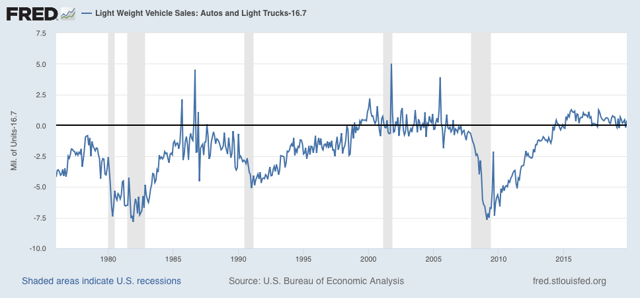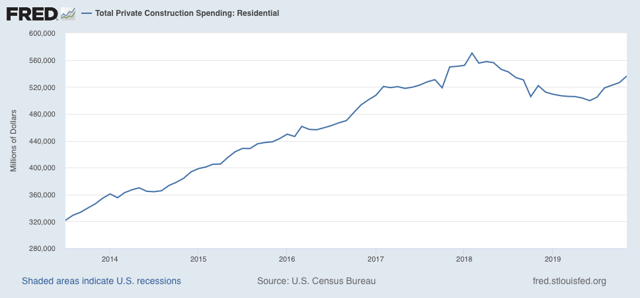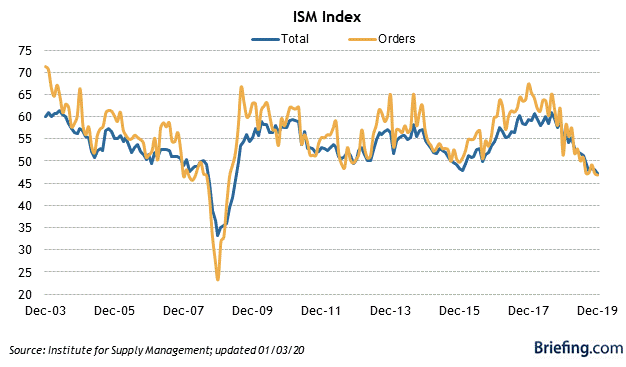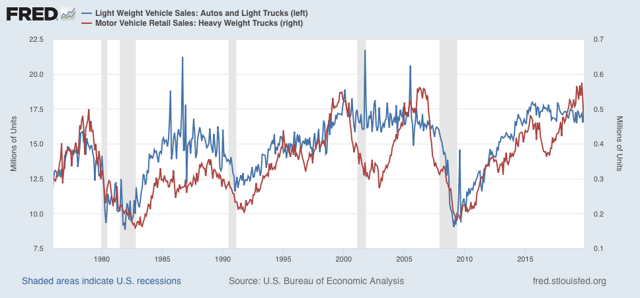- by New Deal democrat
January 7: Remarks by Rep. Benjamin M. Boyer, Democrat from Pennsylvania:
Mr. Chairman, the issues supposed to have been settled by the election of General Grant to the Presidency formed the subject of an elaborate speech by the honorable gentleman from Maine [Mr. Blaine] a few days before the adjournment of the Congress for the holidays* in December..... I propose to make [a few brief remarks] upon this the first occasion I have had for reply. [*Note: oh noes! The War on Christmas in 1869!]
The late Presidential election decided, of course, that the Republican Party should continue to administer the government through the elected Chief Magistrate of their own choice and a majority of the Forty-First Congress. But it settled scarcely anything else ....
The gentleman lays it down as an inevitable consequence of General Grant’s election that negro suffrage must be accepted as a permanent establishment in the southern States, ‘and at no distant day throughout the entire Union.’ Yet if negro suffrage, which is the very corner-stone of the entire Radical reconstruction, had been divested of all other issues and had been fairly submitted to a vote of the whole people, what man acquainted with the national sentiment will deny that its defeat would have been overwhelming? No other proof is needed to establish this proposition than the decisive vote upon this question when lately presented by itself in several of the great Republican States of the North and the continued exclusion of negroes from the polls in nearly all of them?
It is said, however, that negro suffrage ‘is of necessity conceded as one of the essentials of reconstruction.’ But has the Radical policy of reconstruction itself been so approved and established that it can never be disturbed by future elections? Is there nothing to be apprehended from the continual violation of natural laws and a possible collision of races? Are the reconstruction laws themselves so firmly entrenched upon constitutional grounds that a general revulsion of feeling upon the superior race might not find a ready excuse for sweeping from its foundations the whole work of Radical reconstruction?
.... Those caricatures of republican government imposed by the stranger and the negro upon the disenfranchised white race of the South had become abhorrent to the public mind of the North long before the late presidential election....
Congressional Globe, 40th Congress, 3rd Session, pp. 269-270
This speech was a response to that of Rep. James Blaine on December 10, 1868, previously reported in this series. Of course, with 150 years of hindsight, we can see that Boyer’s prognostication was accurate: as soon as the opportunity presented itself, “a ready excuse for sweeping from its foundations the whole work of Radical reconstruction” was found and was adopted as the law of the land by the Supreme Court.
_______________________
January 11: Congressman George S. Boutwell (shortly thereafter to become Pres. Grant’s Treasury Secretary):
I desire for a moment to get the attention of the House to a report from the Judiciary Committee of a joint resolution proposing an amendment to the Constitution of the United States, and also a bill as a substitute [for a prior House bill] ...
Article __.
Sec. I. The right of any citizen of the United States to vote shall not be denied or abridged by the United States or any State by reason of the race, color, or previous condition of slavery of any citizen or class of citizens of the United States.
Sec. 2. The Congress shall have the power to enforce by proper legislation the provisions of this article.
Congressional Globe, 40th Congress, 3rd Session, pp. 285-286.
Unfortunately, no record exists of the debates or deliberations of the Judiciary Committee. But here we see that the expansive “right to vote” proposals have been set aside in favor of the more limited “no discrimination based on race” language that was ultimately adopted.
Several more weeks yet remain before the whole of the Congress will take up the Committee proposals.

